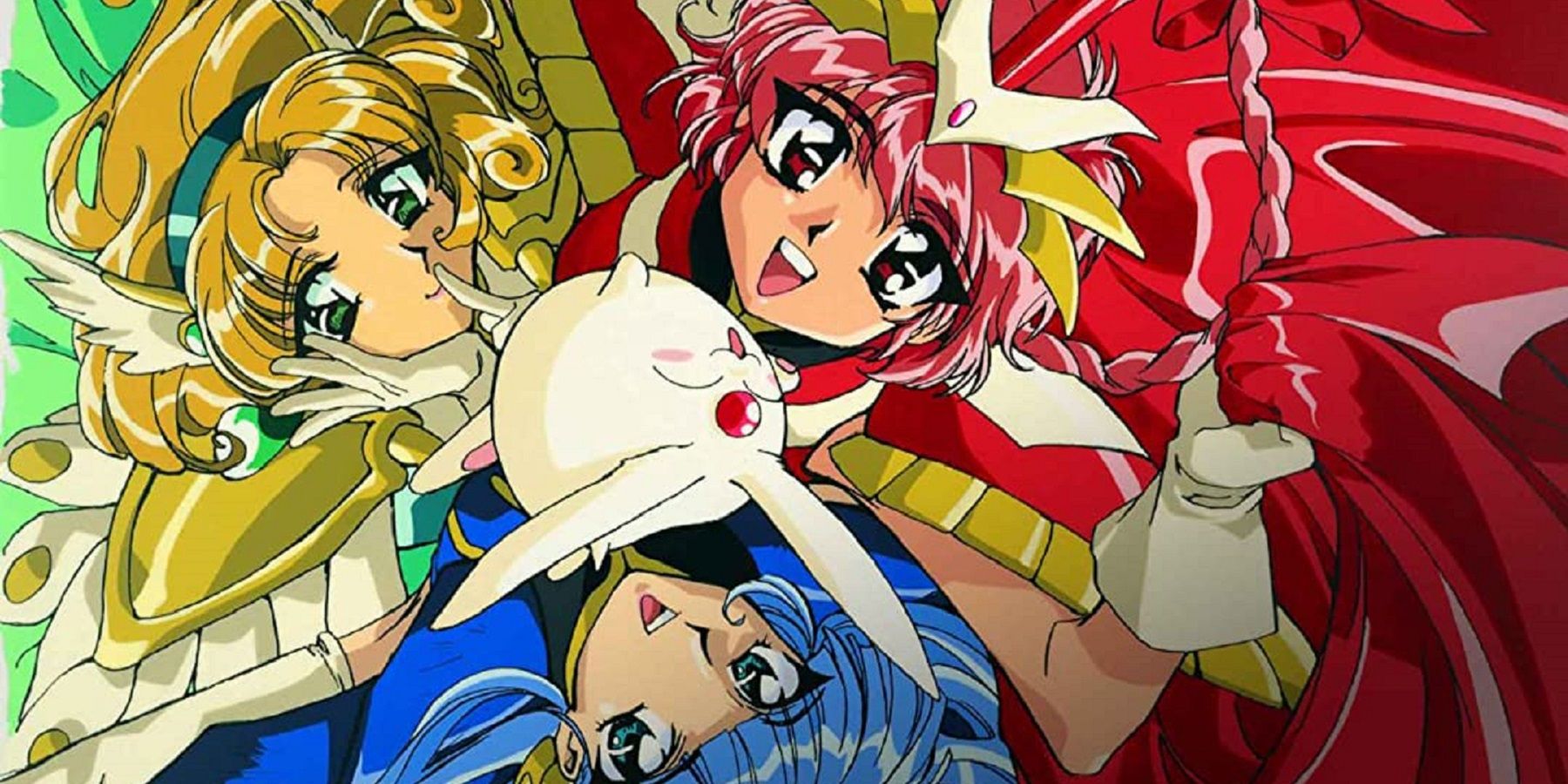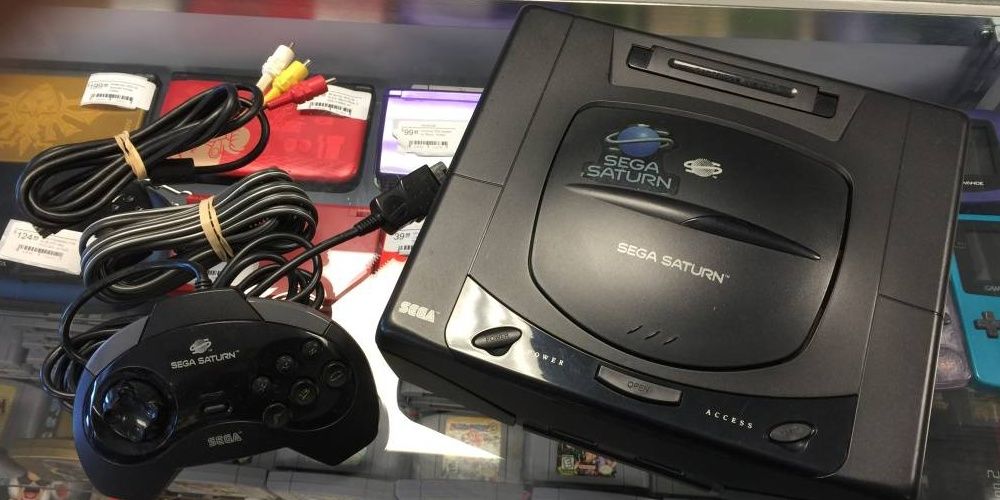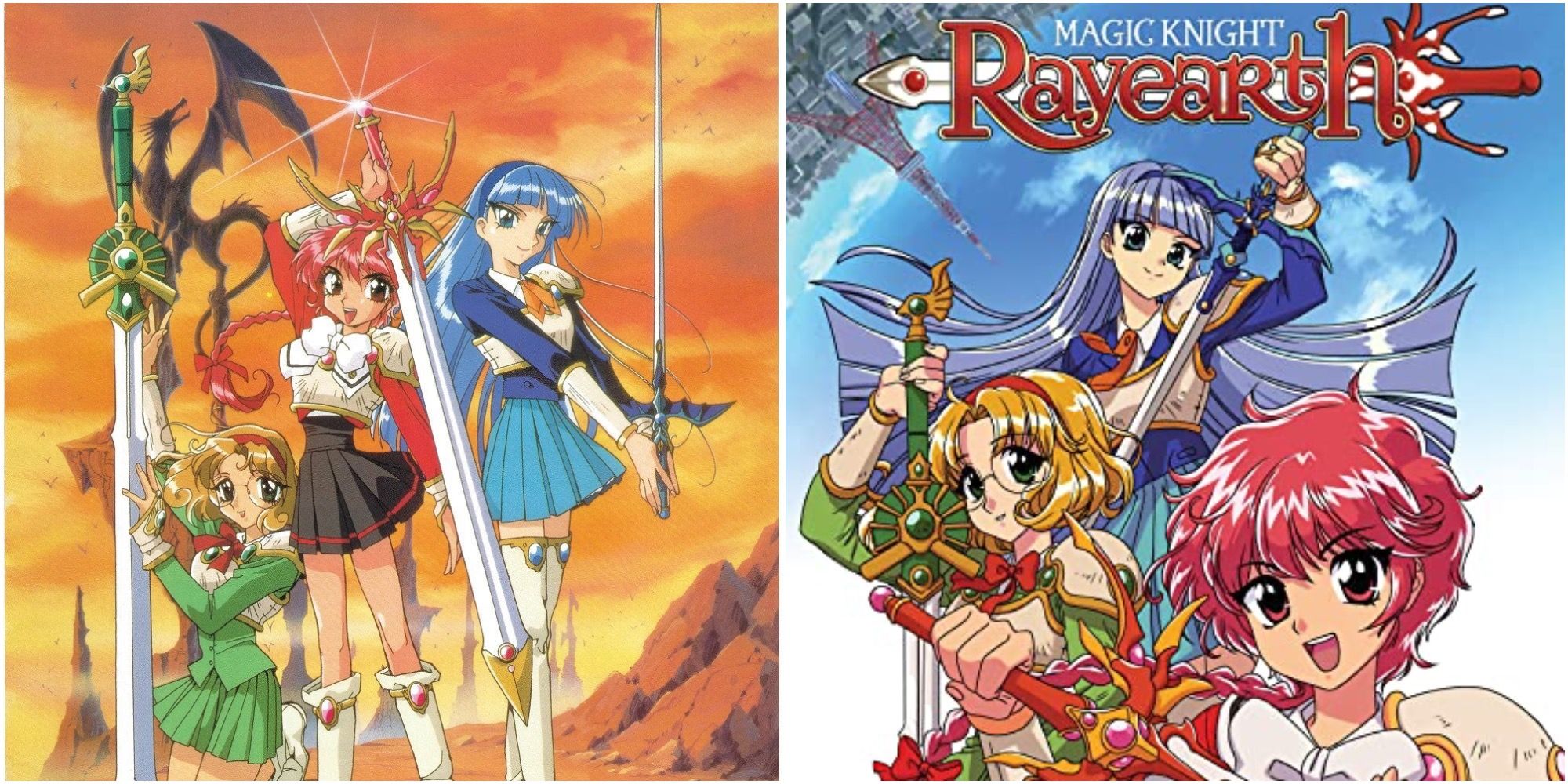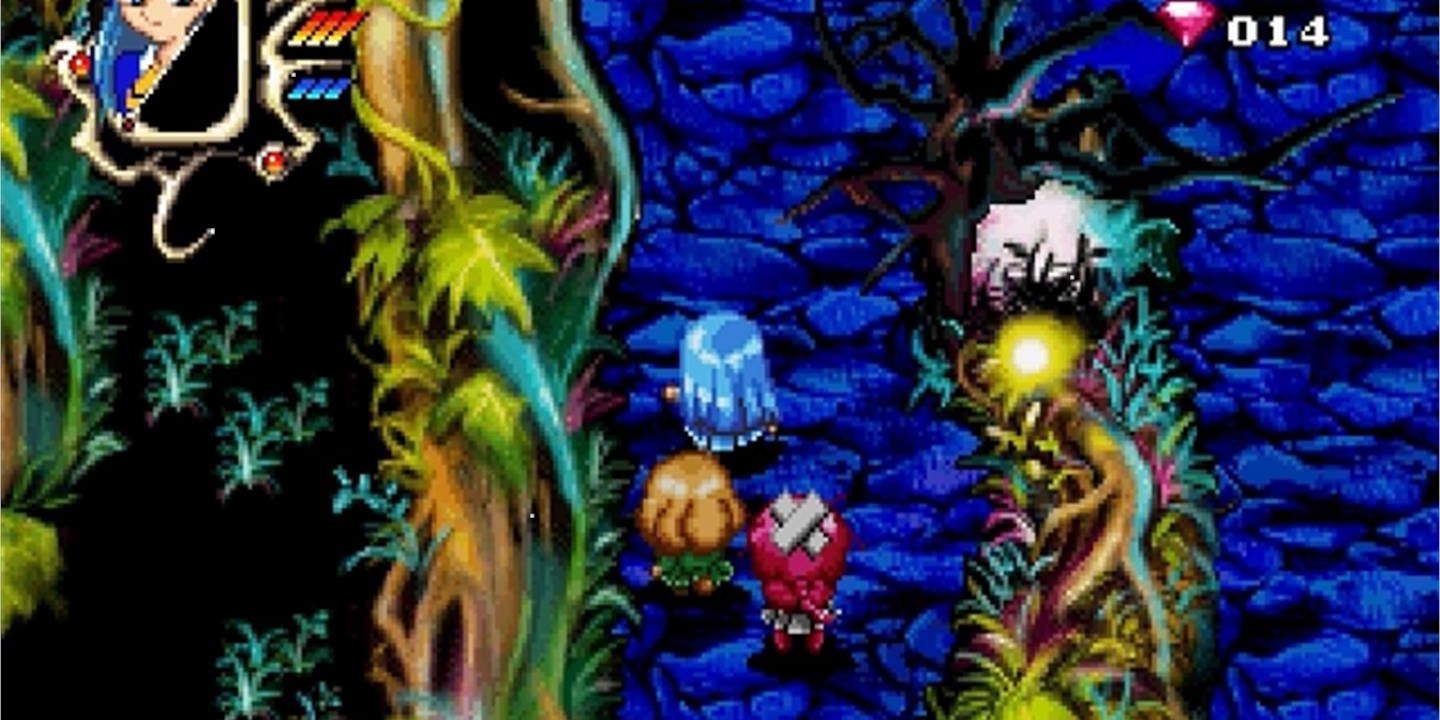Although none of us want to admit it, video game consoles have short lifespans. The life of a console is typically 5-7 years. At some point the current generation gets retired, and a new console takes the old one's place. This means that (fan-made games notwithstanding) there is inevitably a final game released for the system. This final game usually ends up being produced in low quantities, sells very little, yet manages to become coveted collector's items when all is said and done.
Most of the time a console's final game is that of a sports or dancing game, as those are the types of games that tend to get multi-platform ports late into the consoles' life. Though this is normally the case, the Sega Saturn is unique because the final game was based on an anime. Not only that, it was an anime that wasn’t extremely popular in America. What was this game and how did it become the swan song for the Sega Saturn though?
The Life and Times of the Sega Saturn
The Sega Saturn was released in America on May 11, 1995. The console was the true followup to the wildly successful Sega Genesis (the Sega CD and Sega 32x were considered add-on consoles, and not their own individual releases). While America was originally supposed to get the console in the fall and go head-to-head with the new Sony PlayStation, Sega decided to get the jump on Sony and announce at E3 that year that the Sega Saturn was already on store shelves for $399. The next day Sony did the price announcement that shocked the gaming industry: $299.
From that point on PlayStation was the system to get for most gamers. The Sega Saturn’s surprise launch infuriated stores who did not receive them, and some chains like K.B. Toys outright refused to stock the system. Add to the fact that the launch titles were largely terrible, the system was much more difficult to program for than the PlayStation, and Sega Saturn suffered a humiliating defeat at the console from the corporation known more for electronics than gaming (at the time).
In 1998 Sega officially announced the discontinuation of the Sega Saturn in order for them to consolidate resources for their Project Katana project (which would end up becoming the Sega Dreamcast, Sega’s last game console they would develop). Despite this announcement, 12 Sega Saturn games were released in America that year, with Magic Knight Rayearth being the final release for the Sega Saturn in America.
Magic Knight Rayearth Hits Store Shelves
Magic Knight Rayearth was based on the anime and manga of the same name. The series was one of the first to be written by CLAMP (who would go on to create anime classics like Cardcaptor Sakura and Chobits). While the series had long been over by the time the game was developed, it still had some popularity in Japan, and thus was released as one of the first games for the Sega Saturn in Japan. In America the game was localized by Working Designs, a company known for releasing anime-inspired games in America.
Unlike Japan, Magic Knight Rayearth was just becoming known in America thanks to a localization by Media Blasters that had just been released. With rumors spreading that the series might be making the jump to Fox Kids (a deal that ultimately fell through in the end), Working Designs decided to license the game and localize it with a target release date of 1996. What they did not realize was how much time it would take to localize the game due to the vast amount of text to translate and dialog to dub.
At one point the project was looking unprofitable due to the Sega Saturn's lagging sales, but they continued to work on the localization due to how much work and money was already sunk into it. By the time it was finished it they would release it on store shelves on November 30, 1998, and it would be the last game on the Sega Saturn in America. The game was released with three different artwork discs to encourage collectors to buy more than one copy of the game (there was no way to know what disc you were getting without opening it).
The Games Availability Today
Due to the niche nature of the title as it was (and the public moving on from the Sega Saturn by this point), Magic Knight Rayearth unsurprisingly sold poorly. The game itself was well-received by critics and fans, however it was released too late to really make an impact on the gaming industry. The games has never been re-released since, and copies are very rare to find (and they are usually very expensive when you do find them).
The ironic thing about all this is that while Sega Saturn was a decent hit in Japan, many of the Japanese RPG’s that made the system a success were never ported over due to Sega of America believing the games wouldn’t appeal to American audiences. Magic Knight Rayearth is not only one of the rare Japanese RPG’s to make it to our shores, as a 2D sprite adventure it showcased what the Sega Saturn did truly well: beautiful 2D adventure games!




